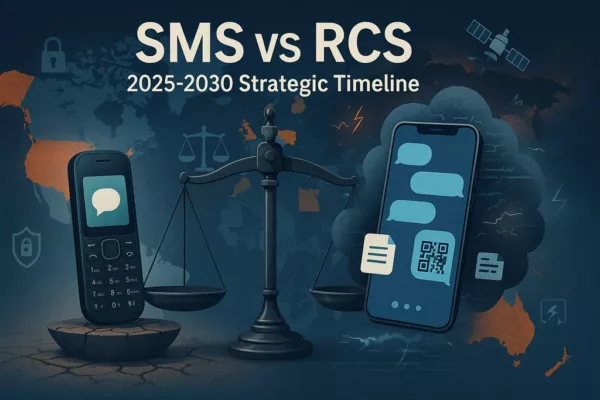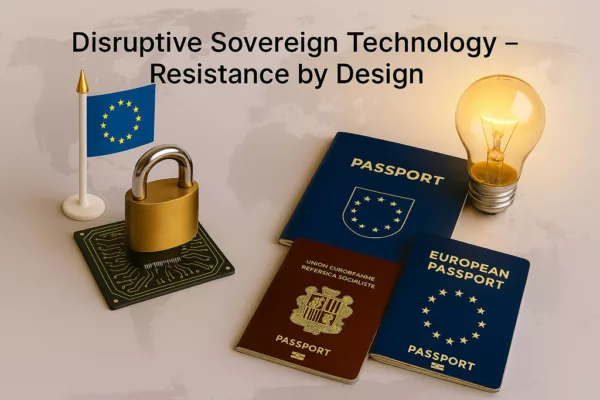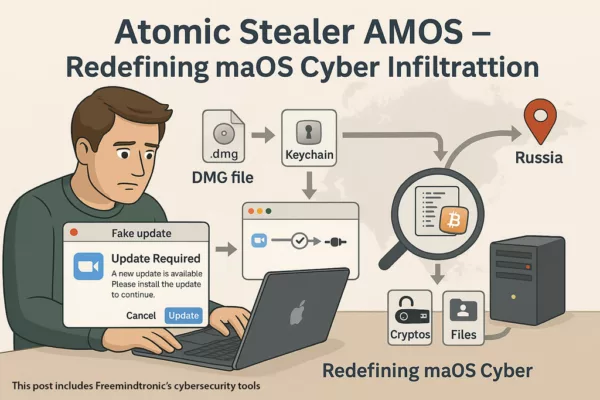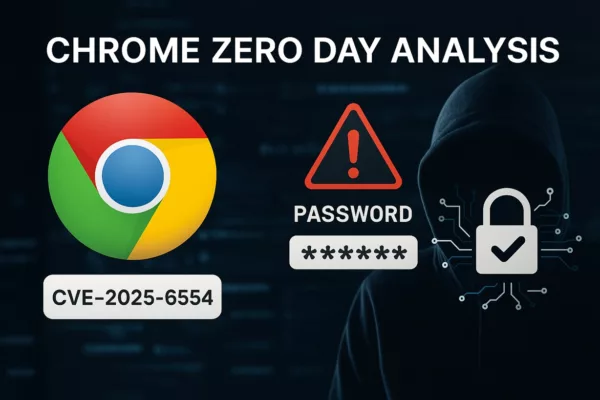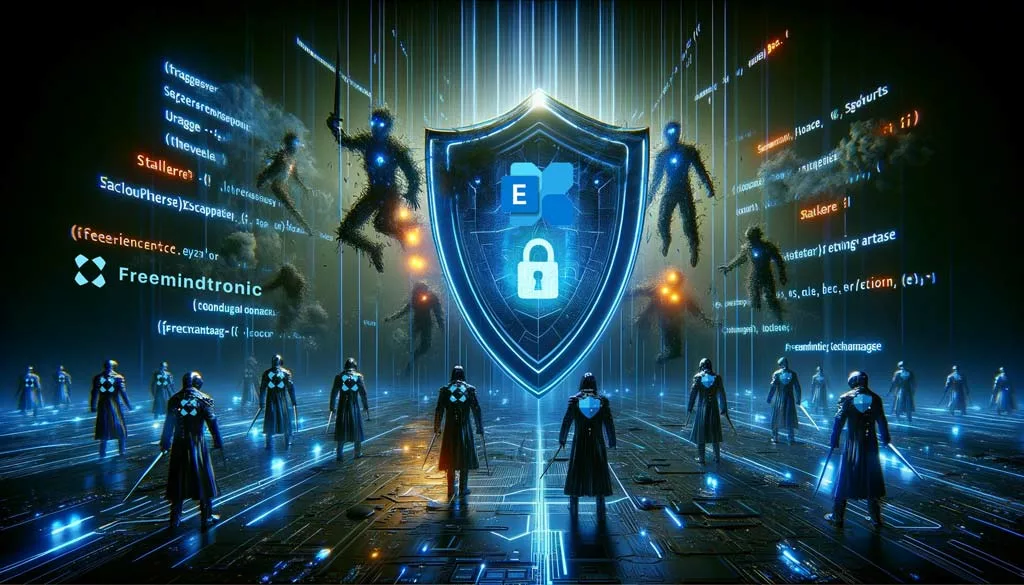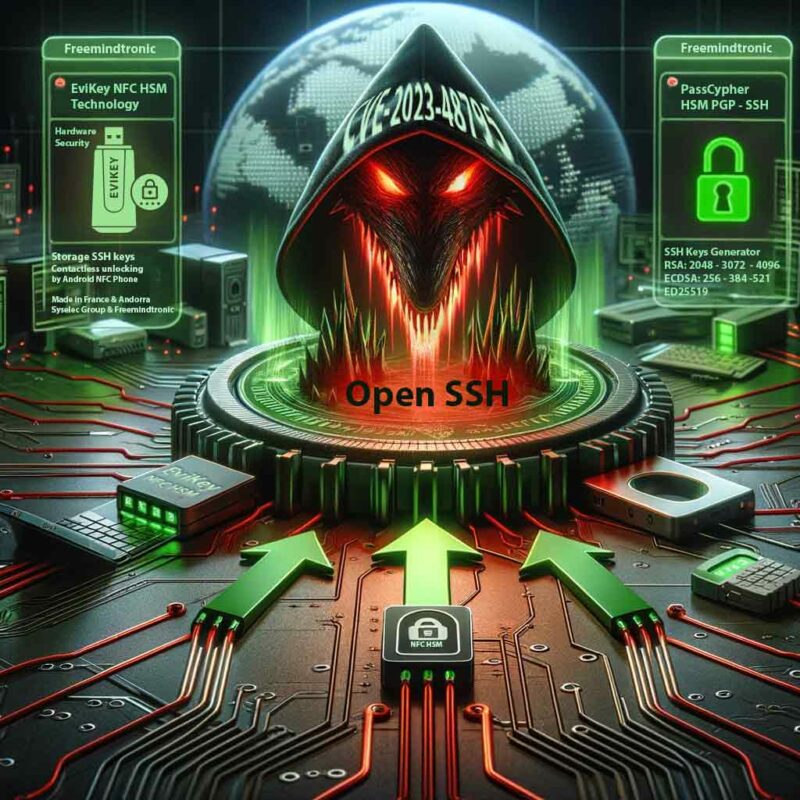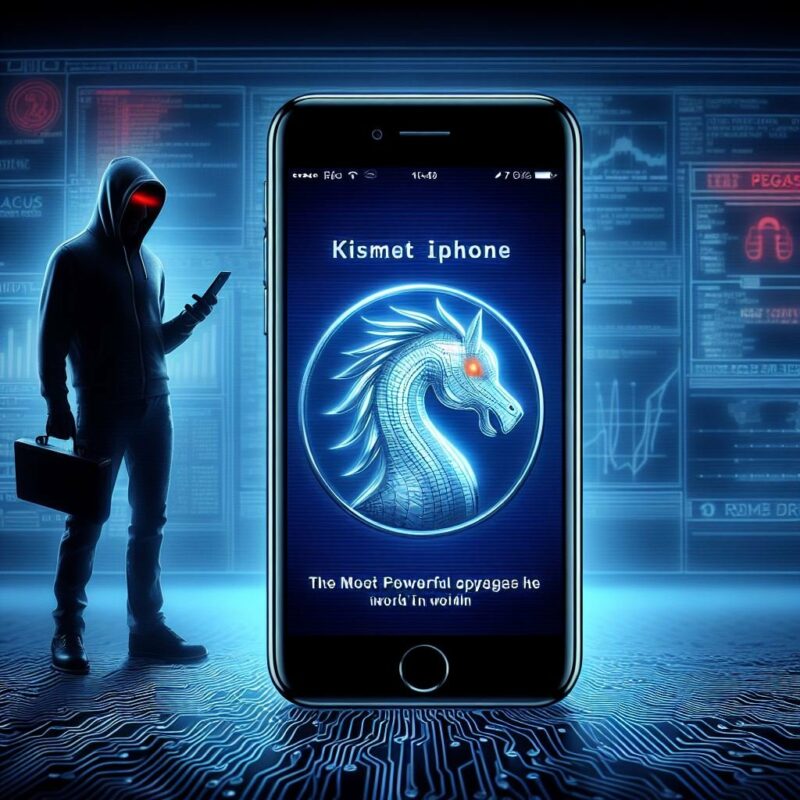Midnight Blizzard Cyberattack against Microsoft and HPE: A detailed analysis of the facts, the impacts and the lessons to learn In 2023 and 2024, two IT giants, Microsoft and Hewlett Packard Enterprise (HPE), which has been using Microsoft 365 as its cloud messaging platform since 2017), fell victim to cyberattacks carried out by a hacker […]
Stay informed!
Join our community of technology enthusiasts! Subscribe to our newsletter and receive exclusive updates on the latest news, special offers, and tips from Freemindtronic. Stay informed on the latest technology trends, discover new products, and be among the first to take advantage of them. Sign up now by entering your email address below. Don't miss any updates from Freemindtronic!

